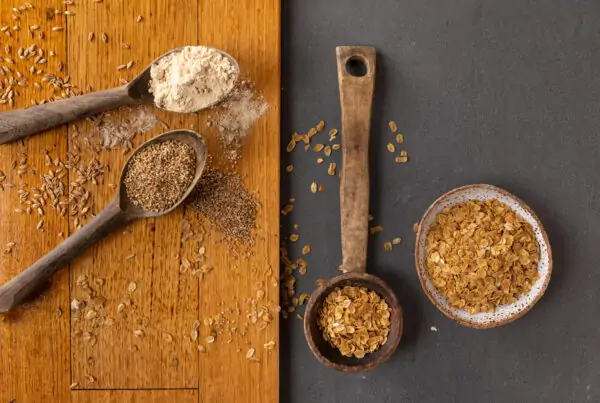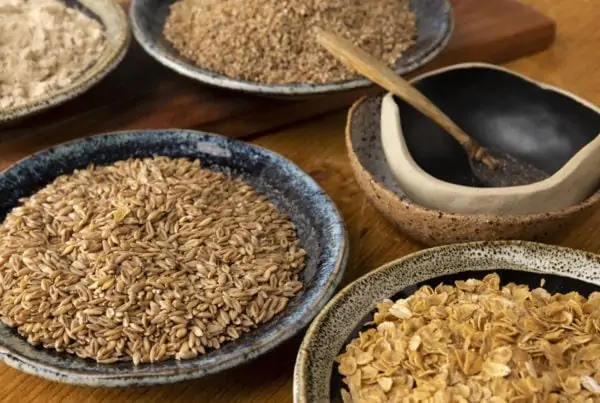These days, you’d be hard pressed to come across health professionals or members of the public that haven’t heard of the low-FODMAP diet. Plenty of doctors and dietitians are recommending it, because of the good scientific evidence to support its efficacy in controlling symptoms of Irritable Bowel Syndrome . Learn more about the low FODMAP diet here.
This post has been moved to a new home. In future, please visit: https://barleymax.com.au/wholegrains-the-low-fodmap-diet






